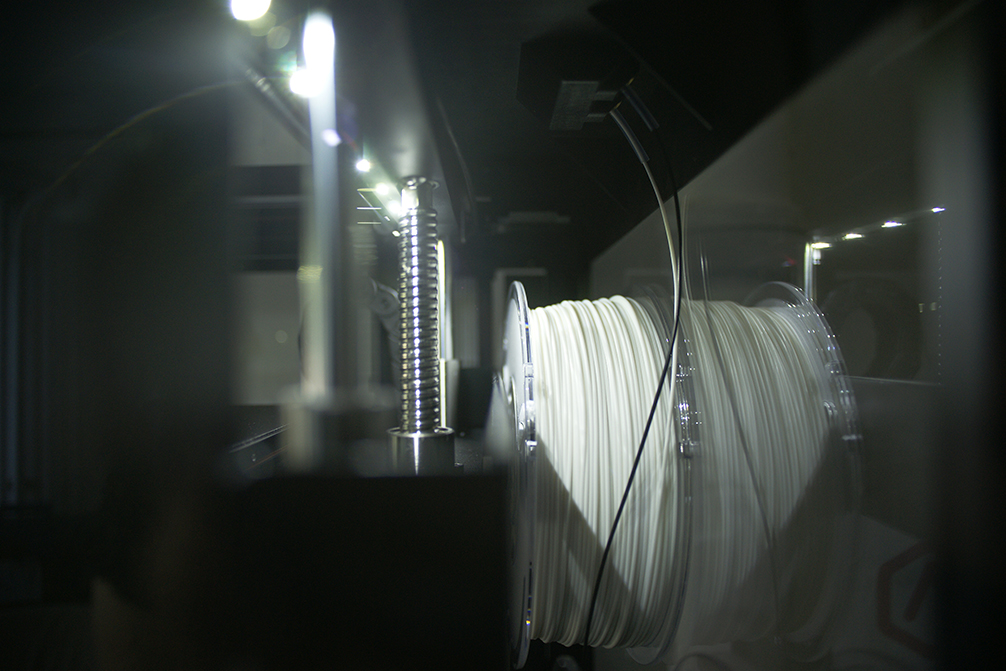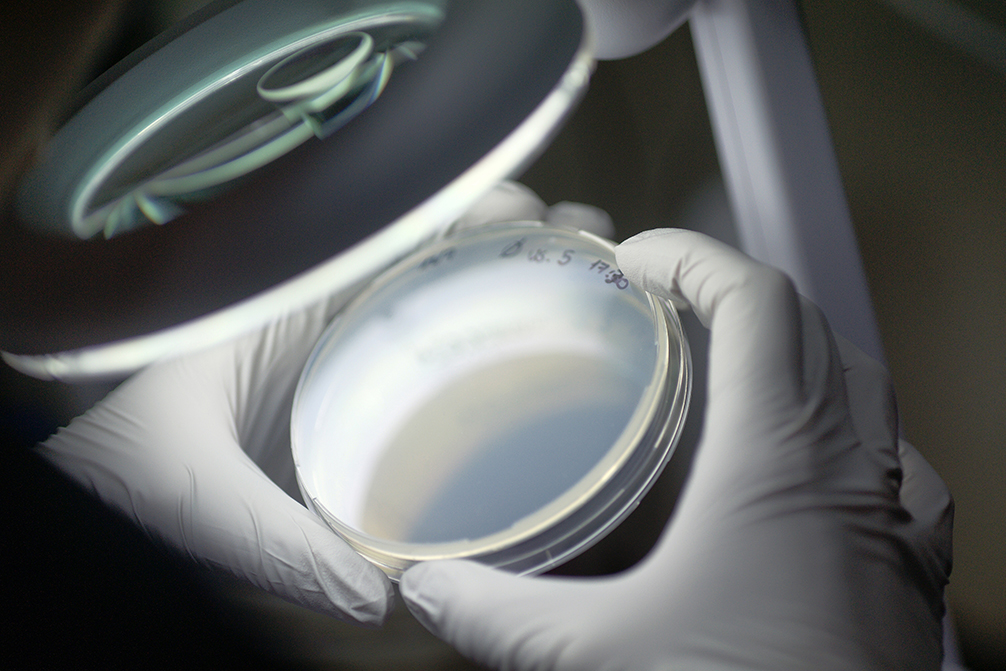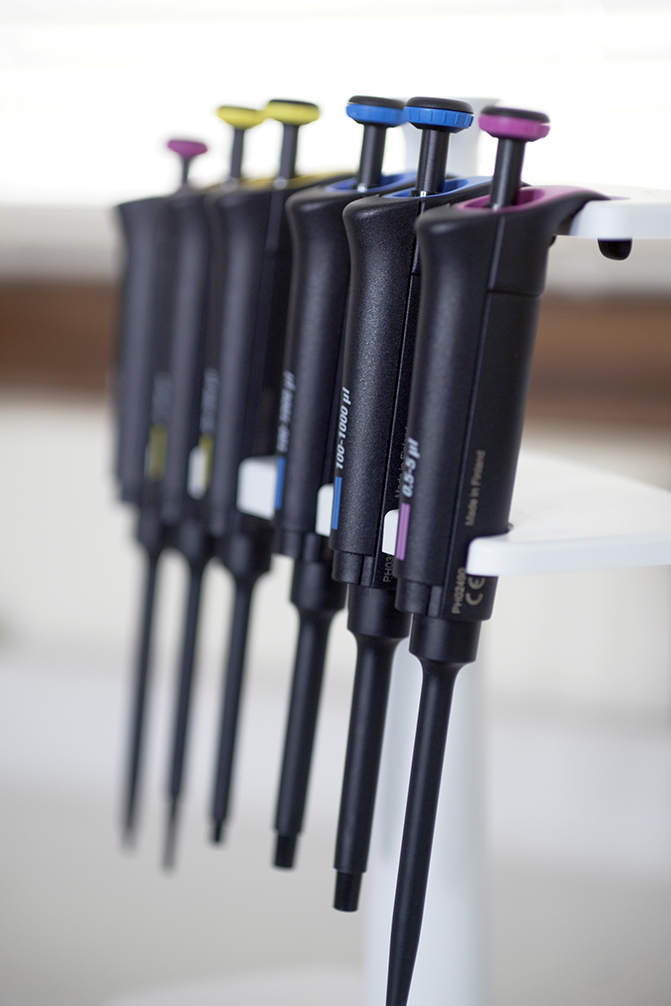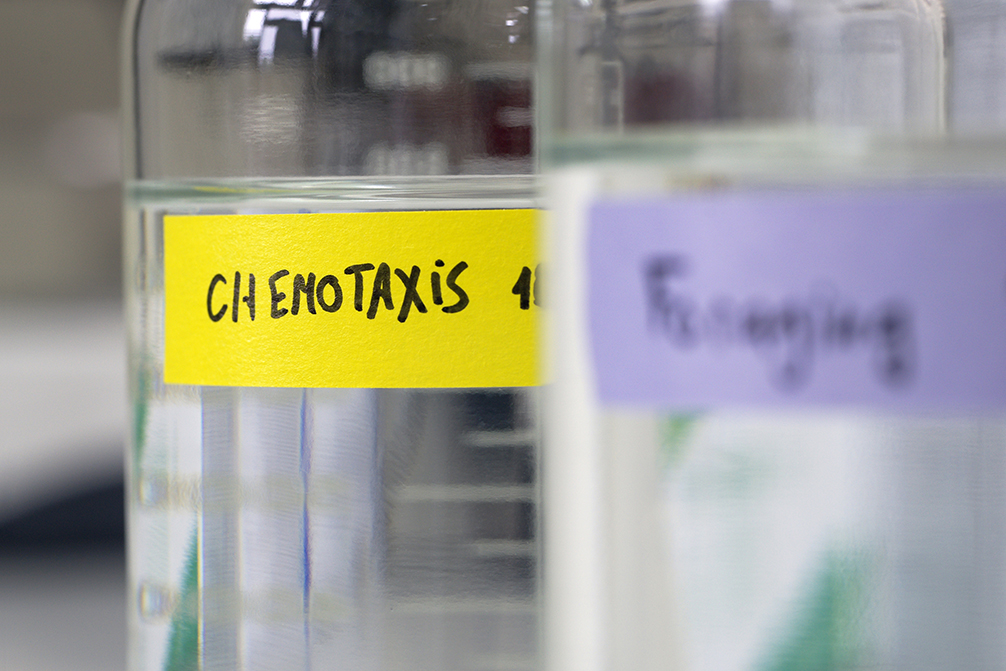Can we find general rules to understand behavior and decision-making across systems and scales? We hope so, and we’re trying by combining theory and experiments in simple model systems.
Theory
We develop theoretical models of behavior and decision-making in order to understand how limited information can be used to explore a complex environment. We also use tools from evolutionary theory optimization and game theory to put our results in an evolutionary context.
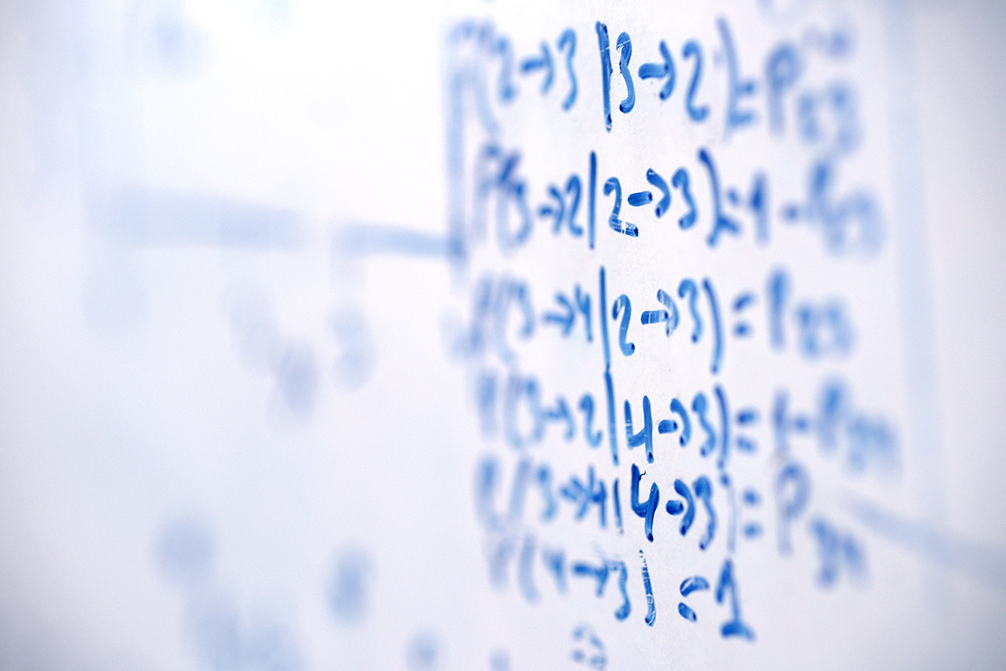
Experiments on Caenorhabditis elegans
C. elegans is an ideal system to test our theories. It is simple (it has only 1000 cells!), very well studied (300 of these cells are neurons, and we know where they are and how they are connected), and very interesting from the behavioral point of view (it combines different sensory modalities, learns from experience, and navigates using chemotaxis and thermotaxis).
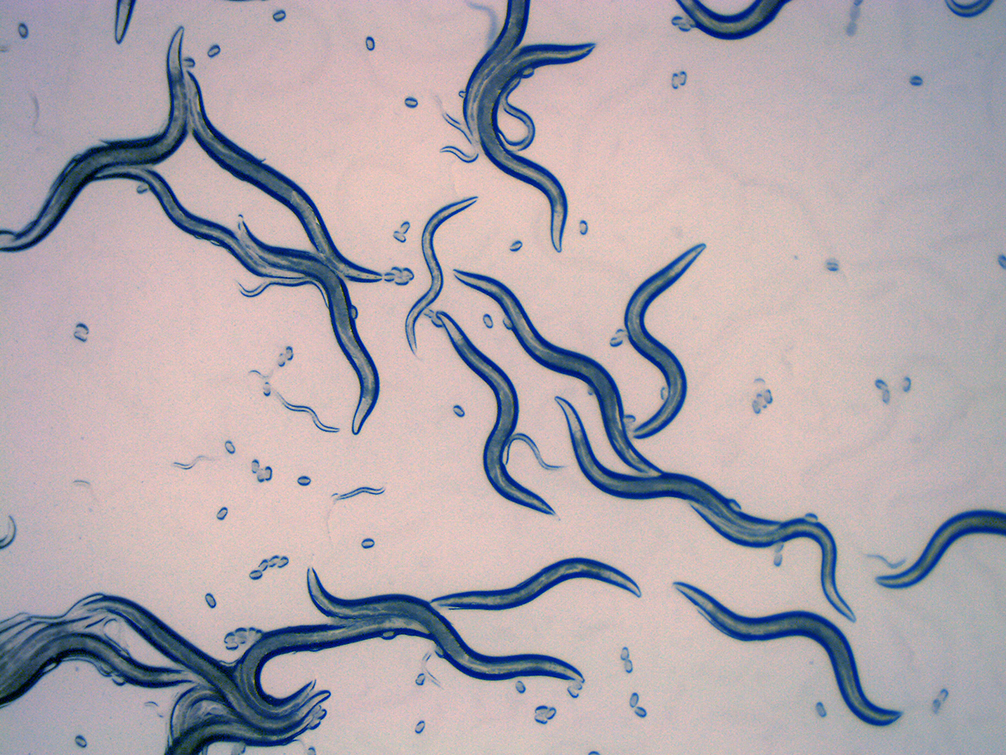
Experiments on Physarum polycephalum
in collaboration with Audrey Dussutour
P. polycephalum allows us to test the limits of our theories, for it is an unusual organism. It has no brain, yet it makes decisions, remembers the past and solves complex problems. A single individual covers a wide spatial extension, and combines information gathered simultaneously from very distant points.
Experimental methods
Part of what we do is to develop automated methods to study behavior. These include robotic systems to prepare reproducible landscapes for our bugs, imaging set-ups to record many experiments simultaneously, tracking software to analyze the videos and analysis tools to extract the relevant parameters from the data.
